|
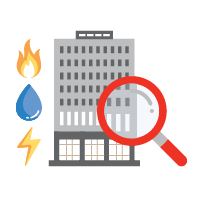
|
Identify Potential Disasters
These include fire and floods but also vandalism, power outages and workplace violence among others. Devise a plan based on those that could affect your business the most.
|
|
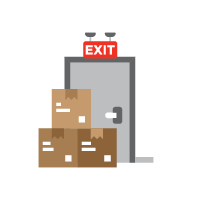
|
Eliminate Unnecessary Risks
Spot and remove any potential risks that could inhibit a prompt disaster response. Storage locations, unbraced shelving near an exit, physical structures, drain locations and water flow are all factors to consider.
|
|

|
People Assets
Prepare a contact list for all staff, job descriptions, key contacts, vendors/suppliers, current customers and community partners. Consider a sign-in/out process for visitors to track who comes and goes.
|
 |
Develop a Communication Strategy
Before, during and after all matter. Identify a spokesperson, create a generic template, identify multiple alert options (i.e. email, group text, phone tree, etc.). Keep employees and the public informed after a disaster with information on where to go, ways to help and more.
|
|

|
Data Assets
Whether it's via tape, offsite/cloud storage, DVD or hard copies, back up files and protect them. Maintain the ability to access the files and network remotely. Be sure to test these methods. Vital records should be properly stored, tracked and protected by cybersecurity measures.
|
|
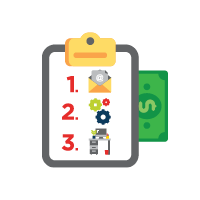
|
Operational Steps
Before disaster hits, prioritize which administrative operation(s) will need to be restored first: accounts payable, payroll, mail, manufacturing, sales, space plans or equipment. Implement a financial model for covering payroll during a disruption.
|
|
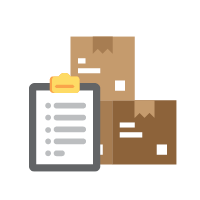
|
Inventory Checks
Conduct frequent status checks of merchandise/manufacturing stock, raw materials, finished goods, workstation assets and office supplies. Store emergency supplies at the ready.
|
|
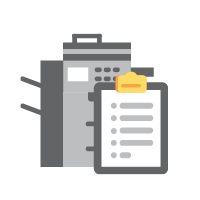
|
Equipment Checks
Prepare a status list of computers, phones, printers and pens, including the brand, serial numbers and where they were purchased. Prioritize what needs to be restored first and evaluate storing spare equipment offsite. While inventorying furniture and contents, assess the need to secure these items.
|
|
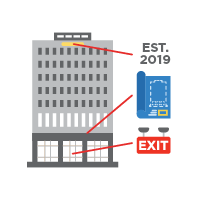
|
Building Assessment
Outline the physical structure(s), build year, construction type, blueprints, lease, title and any other useful components. Architectural elements and interior and exterior signage should be catalogued. Evacuation routes should be reviewed and practiced.
|